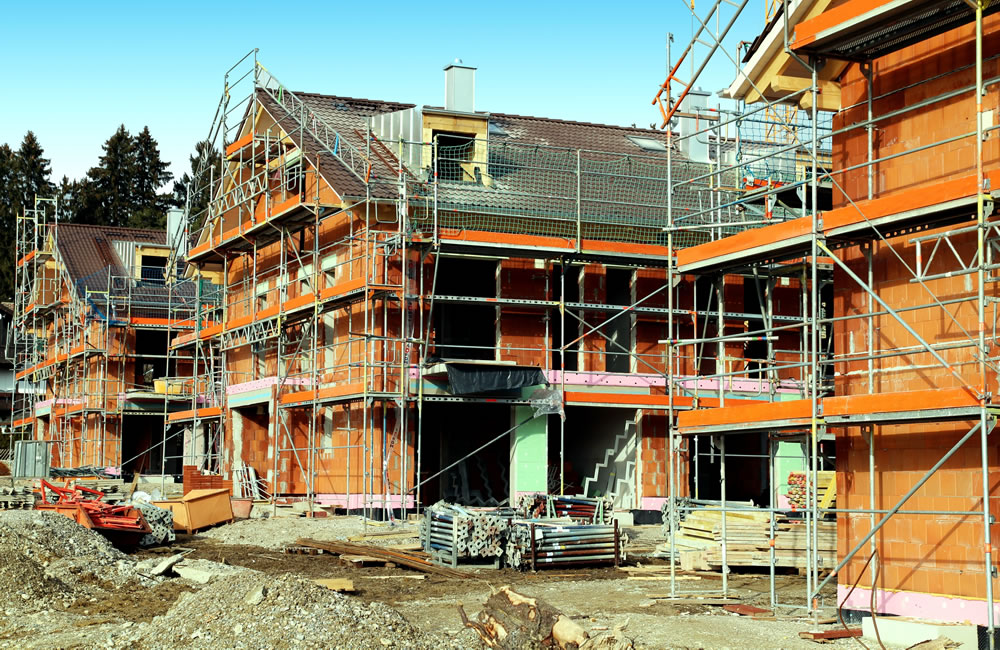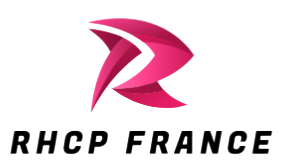Revolutionizing urban landscapes, the latest trends in sustainable property development are redefining the way cities grow and thrive, reflecting a profound shift toward eco-conscious and resilient design principles. As urbanization accelerates and the impacts of climate change become increasingly apparent, developers and architects are embracing innovative approaches to create spaces that are not only environmentally friendly but also enhance the quality of life for residents. Central to this transformation is the integration of sustainable practices that address both the immediate needs of urban populations and long-term environmental goals. One of the most significant trends in sustainable property development is the rise of green building certifications, such as LEED Leadership in Energy and Environmental Design and BREEAM Building Research Establishment Environmental Assessment Method. These certifications provide a framework for assessing the environmental performance of buildings and encourage the use of energy-efficient systems, sustainable materials, and water conservation technologies. By adhering to these standards, developers can create buildings that minimize their ecological footprint, reduce operational costs, and contribute to a healthier urban environment.

The incorporation of renewable energy sources is another key trend shaping modern urban landscapes. Solar panels, wind turbines, and geothermal heating and cooling systems are becoming increasingly common in new developments, enabling properties to generate their own clean energy and reduce reliance on fossil fuels. These technologies not only help mitigate the impact of buildings on the environment but also offer significant long-term savings on energy bills for occupants. Green roofs and vertical gardens are also gaining traction as innovative solutions to urban sustainability challenges. By integrating vegetation into building designs, these features contribute to improved air quality, reduced urban heat island effects, and enhanced biodiversity. Green roofs can also help manage stormwater runoff by absorbing rainwater, thereby reducing the strain on city drainage systems and minimizing the risk of flooding.
Smart building technologies play a crucial role in optimizing property development in uk resource use and enhancing the efficiency of sustainable developments. Advanced building management systems, including IoT Internet of Things devices and artificial intelligence, enable real-time monitoring and control of energy consumption, lighting, and climate. These technologies not only improve the operational efficiency of buildings but also enhance the comfort and convenience of occupants by creating adaptive and responsive living environments. Another critical aspect of modern sustainable development is the integration of mixed-use spaces that combine residential, commercial, and recreational functions within a single development. This approach promotes walkability, reduces the need for transportation, and fosters vibrant, connected communities. By creating spaces where people can live, work, and play in close proximity, developers can contribute to the overall sustainability of urban environments and enhance the quality of life for residents. In conclusion, the latest trends in sustainable property development are transforming urban landscapes by prioritizing environmental stewardship, resource efficiency, and quality of life.
